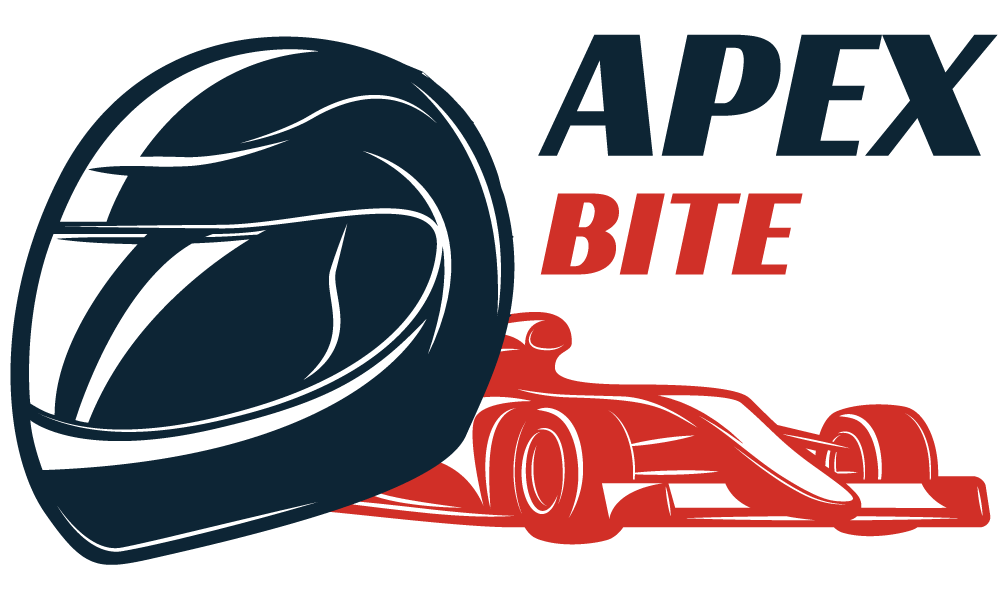The relentless pursuit of speed in F1 often leads to groundbreaking innovations, but sometimes, certain technologies must be shown the red flag for safety and competition. One such case is the ban on ground effect.
What is Ground Effect in F1?
Ground effect is all about using aerodynamics to glue the car to the track without relying heavily on external wings and stuff.
Here’s how it works: the car’s underside is designed so that as it speeds along, it channels air underneath it in a specific manner. This design makes the air move faster under the car than over it. Faster-moving air means lower pressure. So, the higher pressure above the car and the lower pressure below create a suction effect. This literally sucks the car towards the track.
The Birth of Ground Effect
Ground effect first popped up in Formula 1 in the late 1970s. Colin Chapman’s Lotus 79 was a game changer as the first car to fully embrace ground effect right after they tested it the year before. With Mario Andretti driving, the Lotus clinched the championship that season.
F1 cars have been using ground effect way longer than you might think. It’s not just about the fancy tunnels under today’s cars. Even simple parts like the front wing rely on it. When the front wing is close to the ground, it creates more downforce, thanks to ground effects.
Technically, ground effect was never outright banned. What really changed was how they could be used. So, it’s more about the ‘ground effect cars’ of the 70s and 80s, rather than saying ground effect was banned. The FIA actually outlawed pushing this effect to the extreme in the 1980s.
In the ’70s and ’80s, the underside of the car’s sidepod was shaped like an upside-down wing. They didn’t have Venturi tunnels like the cars we see today. This design made air zip through a narrow space under the car, speeding it up and creating a low-pressure area. This low pressure pretty much glued the car to the track. The lower the car, the stronger this sucking effect and the more downforce they got.
Why Was Ground Effect Banned In Formula 1?
It’s actually because it was too good but with a dangerous catch. When cars zoomed around corners super fast, they relied on a suction effect from these ground effect tunnels under the car. The problem was, if anything went wrong like the skirts breaking or hitting a bump, the car would suddenly lose a lot of downforce.
The teams added skirts along the car’s sides to max out the ground effect. These skirts kept the air from escaping and made the wing shapes underneath super effective at sticking the car to the track. But, if something went wrong with these skirts, the car would lose its downforce in a flash, which could lead to serious crashes.
Why Did Teams Start Using Ground Effect?
Back then, aerodynamics wasn’t as advanced as it is now. Teams had to use skirts to seal the car floors because they didn’t know a better way to do it. Unfortunately, these skirts were pretty easy to damage, and if they got messed up at high speeds, it could mean a sudden loss of downforce and control.
Ground effect cars were eventually phased out through rule changes, like banning skirts in 1981 and requiring flat floors from 1983. This didn’t totally stop the use of ground effects, but it limited how much they could be used.
Even up to 2022, F1 cars still used ground effect, especially under the floor, for much of their downforce. Estimates suggest that about 50-60% or more of a car’s downforce came from this area between 2017 and 2021.
In 2022, ground effect made a big comeback in F1. It had been almost 40 years, but they were reintroduced with today’s better understanding of aerodynamics and safer design approaches. This time, they ditched those risky skirts and used smart aerodynamics to seal the car floors. Teams now use things like vortices created by the car’s design to achieve a similar effect, which is safer since it can’t get physically damaged like skirts.
Why Bring Back Ground Effect?
It’s all about making overtaking easier. Recently, F1 cars have become bigger and relied heavily on large wings and complex parts for downforce, which created a lot of dirty air behind them. This dirty air made it tough for a following car to keep up. The new approach was to reduce this dirty air by changing how downforce is generated, hopefully making it easier for cars to follow and overtake each other through corners.





